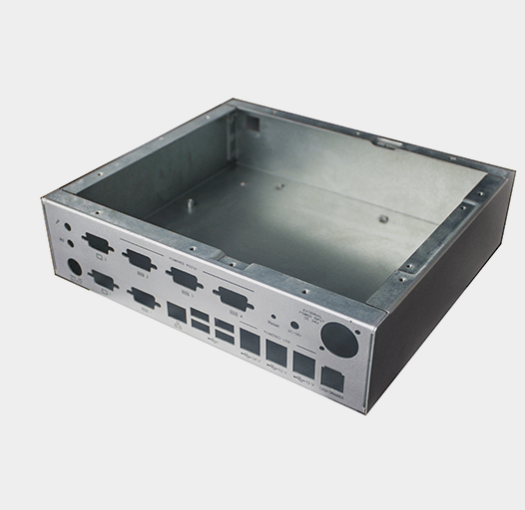Sheet metal fabrication is a versatile and essential process that plays a significant role in creating a wide range of products used in various industries. From precision engineering to artistic craftsmanship, sheet metal fabrication involves transforming flat sheets of metal into functional and aesthetically appealing components. In this article, we will delve into the basics of sheet metal fabrication, exploring its techniques, applications, and importance.
Sheet metal fabrication begins with carefully selected raw materials. These materials can include stainless steel, aluminum, brass, copper, and more. Each type of metal offers distinct properties such as strength, corrosion resistance, and conductivity, making them suitable for specific applications. The choice of metal influences the end product's durability, appearance, and functionality.

Sheet metal fabrication involves a series of precise techniques that shape the metal into the desired form. Cutting processes such as laser cutting, waterjet cutting, and shearing trim the metal into the desired size and shape. Bending and forming techniques create complex three-dimensional shapes by manipulating the sheet metal using press brakes and rollers. These processes require meticulous precision to achieve accurate dimensions and angles.
Welding and joining are fundamental aspects of sheet metal fabrication. They involve fusing separate pieces of metal to create a cohesive structure. Various welding techniques, including MIG (Metal Inert Gas) and TIG (Tungsten Inert Gas), provide strong and durable connections. Proper welding ensures the integrity of the final product, whether it's a structural component or a decorative piece.
Surface finishing and coating techniques are essential for enhancing both the appearance and functionality of sheet metal products. Processes such as powder coating, anodizing, and plating provide a protective layer against corrosion, wear, and environmental factors. Additionally, these techniques allow for creative design choices, offering a range of colors and textures to match the intended application.

The versatility of sheet metal fabrication is evident in its wide range of applications. In the manufacturing sector, sheet metal components are used in machinery, appliances, electronics, and automotive parts. Architectural and construction industries rely on sheet metal for roofing, facades, and structural elements. Moreover, sheet metal fabrication extends to artistic endeavors, with sculptors and designers utilizing its malleability to create intricate and captivating pieces.
Sheet metal fabrication stands as a dynamic and vital process that shapes our modern world. From industrial machinery to architectural marvels, its precision and creativity leave an enduring impact. By understanding the foundational techniques, materials, and applications, we gain insight into the art of transforming metal sheets into functional and aesthetically pleasing creations.
At Dadesin, we're at the forefront of this transformative journey. Our commitment to innovation and excellence shines through in every project. Whether it's vital infrastructure or captivating artistic pieces, Dadesin's expertise paves the way for progress across industries. Embrace the limitless potential of sheet metal fabrication with Dadesin, where creativity and precision converge to shape a brighter future.
By continuing to use the site you agree to our privacy policy Terms and Conditions.